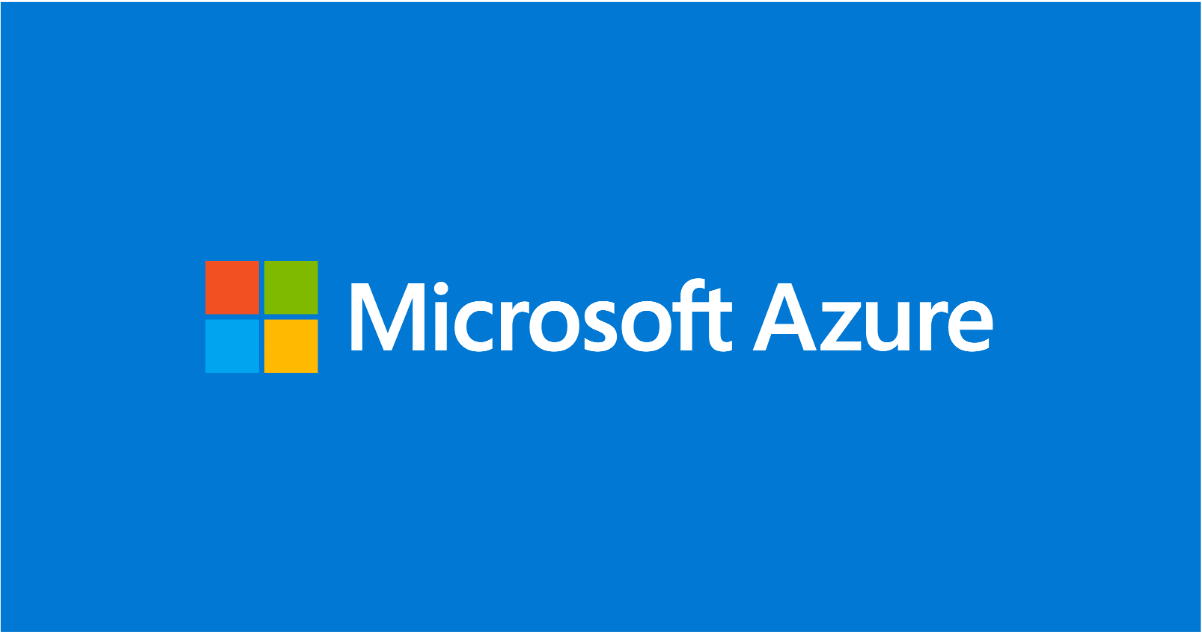Azure Virtual Network now supports updates without subnet property

Azure API supports the HTTP methods PUT, GET, DELETE for the CRUD (Create/Retrieve/Update/Delete) operations on your resources. The PUT operation is used for both Create and Update. For existing resources, using a PUT with the existing resources preserves them and adds any new resources supplied in the JSON. If any of the existing resources are omitted from the JSON for the PUT operation, those resources are removed from the Azure deployment.
Based on customer support cases and feedback, we observed that this behavior causes problems for customers while performing updates to existing deployments. This is a challenge in the case of subnets in the VNet where any updates to the virtual network, or addition of resources (e.g. adding a routing table), to a virtual network require you to supply the entire virtual network configuration in addition to the subnets. To make it easier for customers, we have implemented a change in the PUT API behavior for virtual network updates. This change allows you to skip the subnet specification in a PUT call without deleting the existing subnets. This capability is now available in a Limited Preview in all the EUAP regions, US West Central and US North with API version 2023-09-01.
Previous behavior
The existing behavior has been to expect a subnet property in the PUT virtual network call. If a subnet property isn't included, the subnets are deleted. This might not be the intention.
New PUT VNet behavior
Assuming your existing configuration is as follows:
|
"subnets": [ { "name": "SubnetA", "properties": {...} }, { "name": "SubnetB", "properties": {...} }, { "name": "SubnetC", "properties": {...} }, { "name": "SubnetD", "properties": {...} }
] |
The updated behavior is as follows:
- If a PUT virtual network doesn't include a subnet property, no changes to the existing set of subnets is made.
- If subnet property is explicitly marked as empty, we will treat this as a request to delete all the existing subnets. For example:
|
"subnets": [] |
OR
|
"subnets": null |
- If a subnet property is supplied with specific values as follows:
|
"subnets": [ { "name": "SubnetA", "properties": {...} }, { "name": "Subnet-B", "properties": {...} }, { "name": "Subnet-X", "properties": {...} } ] |
In this case, the following changes are made to the virtual network:
- SubnetA is unchanged. Assuming the supplied configuration is the same as existing.
- SubnetB, SubnetC and SubnetD are deleted.
- Two new subnets Subnet-B and Subnet-X are created with the new configuration.
This behavior remains unchanged from what Azure currently has today.
Next Steps
Test the new behavior in the regions listed above and share your feedback.
Published on:
Learn moreRelated posts
Azure Developer CLI (azd) Dec 2025 – Extensions Enhancements, Foundry Rebranding, and Azure Pipelines Improvements
This post announces the December release of the Azure Developer CLI (`azd`). The post Azure Developer CLI (azd) Dec 2025 – Extensions En...
Unlock the power of distributed graph databases with JanusGraph and Azure Apache Cassandra
Connecting the Dots: How Graph Databases Drive Innovation In today’s data-rich world, organizations face challenges that go beyond simple tabl...
Azure Boards integration with GitHub Copilot
A few months ago we introduced the Azure Boards integration with GitHub Copilot in private preview. The goal was simple: allow teams to take a...
Microsoft Dataverse – Monitor batch workloads with Azure Monitor Application Insights
We are announcing the ability to monitor batch workload telemetry in Azure Monitor Application Insights for finance and operations apps in Mic...
Copilot Studio: Connect An Azure SQL Database As Knowledge
Copilot Studio can connect to an Azure SQL database and use its structured data as ... The post Copilot Studio: Connect An Azure SQL Database ...
Retirement of Global Personal Access Tokens in Azure DevOps
In the new year, we’ll be retiring the Global Personal Access Token (PAT) type in Azure DevOps. Global PATs allow users to authenticate across...
Azure Cosmos DB vNext Emulator: Query and Observability Enhancements
The Azure Cosmos DB Linux-based vNext emulator (preview) is a local version of the Azure Cosmos DB service that runs as a Docker container on ...
Azure Cosmos DB : Becoming a Search-Native Database
For years, “Database” and “Search systems” (think Elastic Search) lived in separate worlds. While both Databases and Search Systems oper...